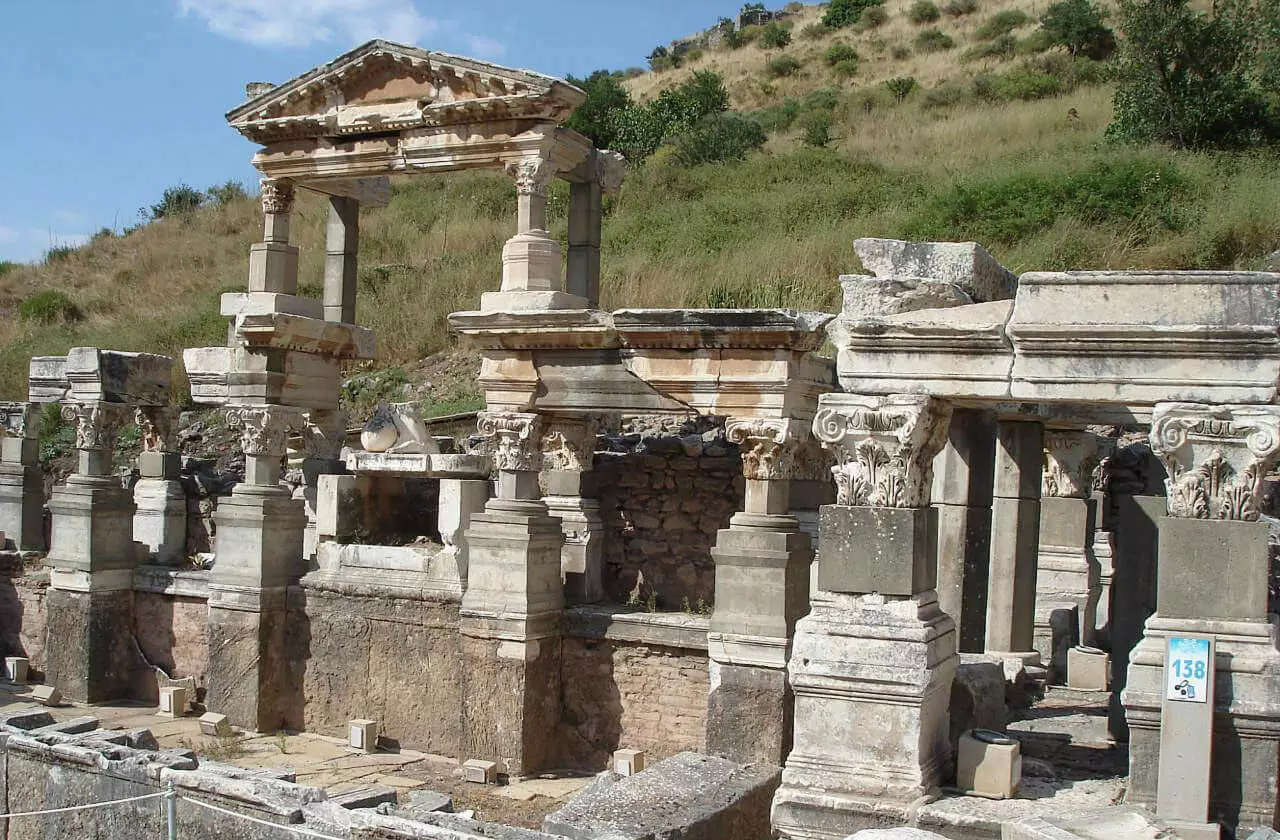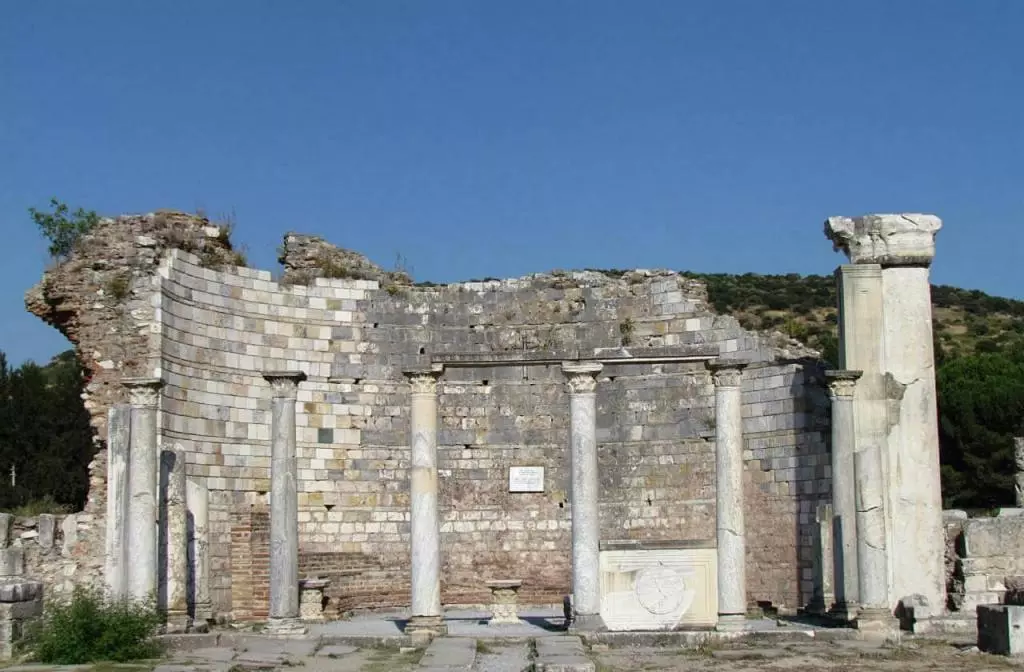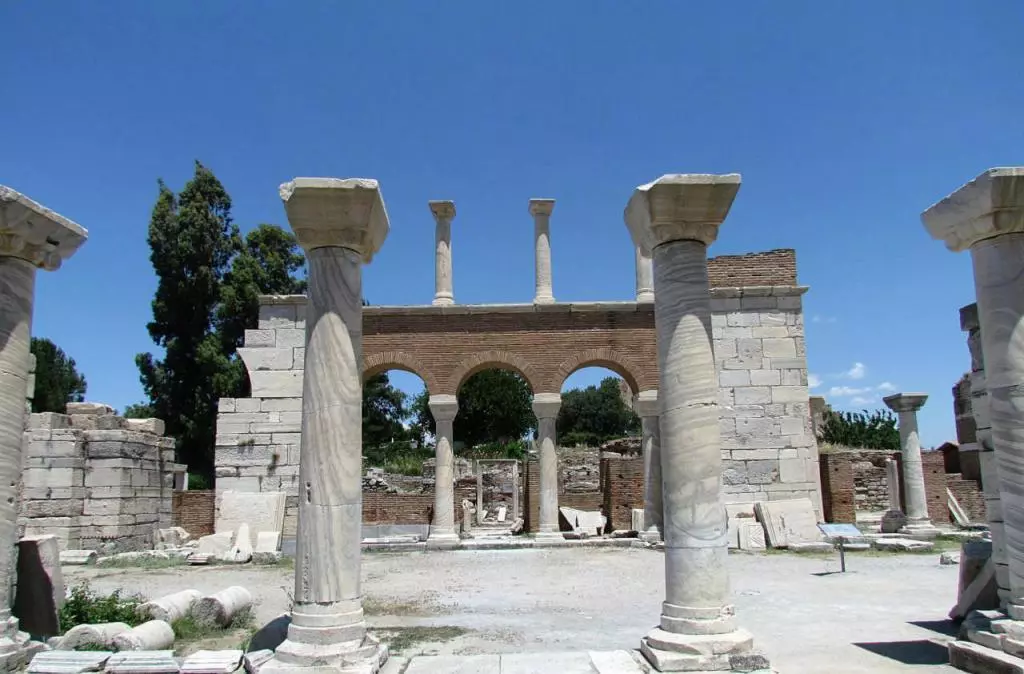Bathing in the baths for the great majority of the Romans was at the top of the leisure activities. Bathing in ancient Rome was a social activity, even though bathing today was a special activity at home. Men and women from all class of life were bathed in public baths that reminded us of today’s modern spa or health clubs (which are much cheaper admission fees than today).
The richest Romans would often visit public baths, even if they had small baths in their homes. The small baths in the cities were called balneae, although they belong to private businesses. The great baths called Thermae belonged to the state and covered large areas in the city.
The working day in ancient Rome was beginning with the sunrise, a little after lunch; it would end up in the afternoon. After lunch, the men went to the baths around 2:00 – 3:00, stayed here for a couple of hours by doing sports, chatting, bathing and then went to the dinner. While there are separate spaces for men and women in the Republican era, early times of the day are generally reserved for women during the imperial period; it would have belonged to the men from 2 pm to the sunset. Even though women prefer to use baths at a less preferred time, the admission fee for women was twice that of men. We should not say that the mixed baths (both sexes are in the same place) are very popular. Many emperors who came to throne banned such baths. However, it is always difficult to say that these prohibitions work.
Training: In ancient Rome, there was a ritual of bathing and the baths were built according to this. The person who enters the gym enters goes to the place (Apodyterium) where changes of clothes. This was the most distant place from the chimney. There were street clothes left in the niche and closets. The rich Romans came with their slaves left them at closets to protect their clothes. However, in most of the baths, a small fee was paid for protecting dress to the manager of the bath. Some of the changing rooms were functional. For example, in the Stabian baths in Pompei, women’s changing rooms were also frigidarium. There would be a small cold water pool here. It is thought that the ancient Romans were wearing lightweight coverings, maybe subligaculum (covered underwear), although there is no information on what kind of clothes they used in the bath. There were six thick sandals on the feet to avoid being affected by the hot zone. The big courtyard in the center was the training ground (palaestra). The frame of the courtyard would have been surrounded by a shade, and it was a path to the baths. A large outdoor pool (natatio) was also used for swimming activities. After changing the clothes and greasing, the men started their training. First, there was the training such as light weightlifting, wrestling, various ball games, running and swimming. Especially palaestra was for men even there were women athletes.
Bathing: After the training, the dirt and fat in the body were stripped off with the curved metal bars called strigil. After that, bathing was the beginning of the chapter. With towels, oilers, and strigils carried by a slave, they entered the rooms at various temperatures without any hurry. Generally, from the hot room, the tepidarium was started. The walls and the floor of this place were heated, but there was no pool. Then the hot bath, caldarium, passed. This is the cottage, the firebox, the closest chimney. There was a large bathtub with hot water or a small pool and a pool fountain (labrum) with cold water up to the waistline. Cold water was used to wash the face and the nape. After that, a time was spent in the tepidarium again and the bathing session was ended by diving into the cold pool at the frigidarium. There could also be other rooms in the bath: steam room (sudatorium), dry hot room (sauna) laconium and massage rooms with perfumed oils. After bathing, the rich men went out to the gardens, visited the library, watched the performances of acrobats or jugglers, listened to a literary recital or bought food from many street vendors there. Of course, we can say that these baths are quite noisy places. We know that Roman baths are decorated very nicely and are very luxurious, although there are not many examples that have remained nowadays. The well-lightened, airy rooms with high ceilings, elegant mosaic-lined and painted walls, colorful marble panels, silver faucets and baths tells us that these baths are quite gaudy and furnished with a pleasant way.
Heating System: Roman engineers warmed up the baths in an effective way: hypocaust. The ground is raised above the columns and channels (tubuli) are left between the walls. The hot air from the praefurnium warmed the rooms under the upholstery and around the channels in the walls. The rooms where the temperature is the most desired were placed closest to the fire source.
Toilets: The baths also had large public toilets (latrinae). In Anatolia, we saw examples of ancient Roman settlements such as Ephesus and Bergama. The toilets that continuously flowed from the channels in front of the marble seating places were the first flush toilets. There were also bars in the seating areas where the managers wore sponges for cleaning themselves.



